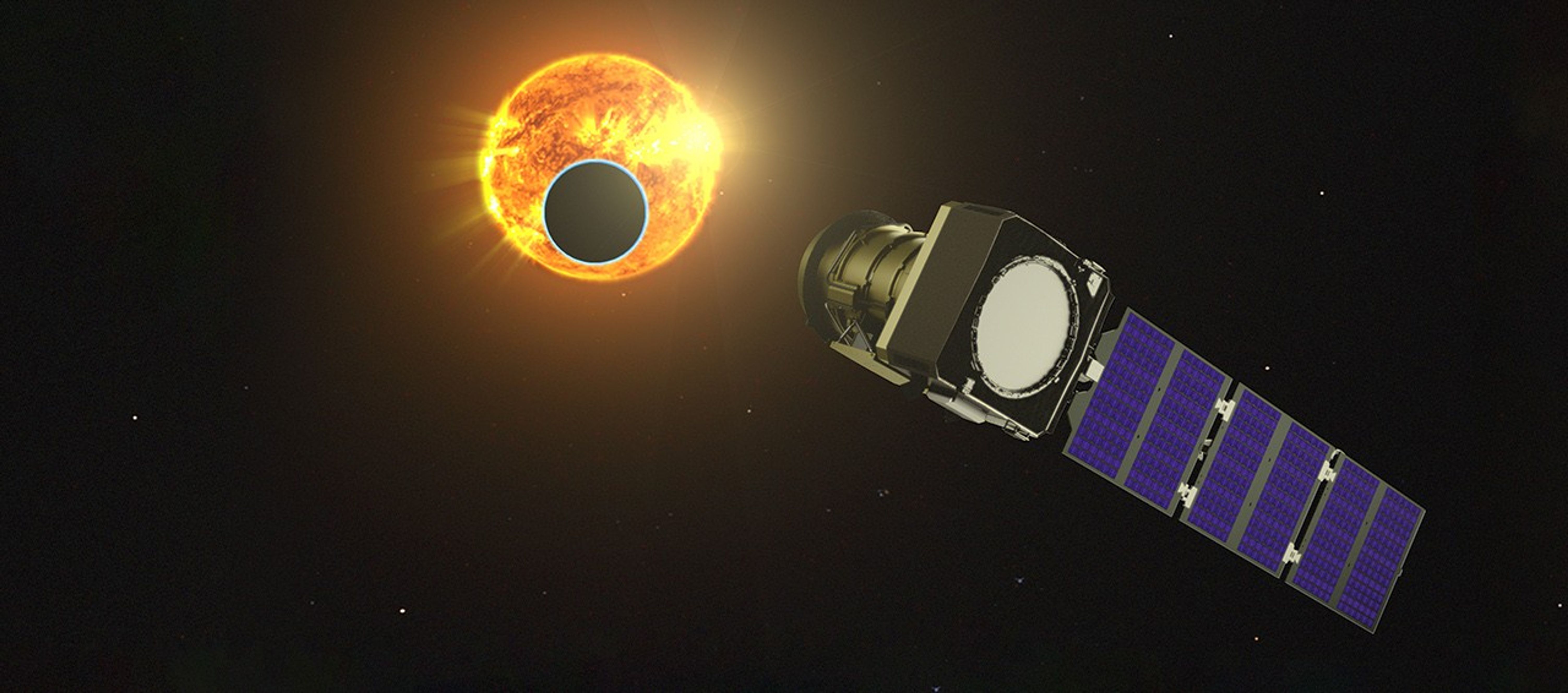Pandora

Meet Pandora
Pandora is a small satellite that was selected as part of NASA’s inaugural call for Pioneer mission concepts in 2021. It’s designed to study the atmospheres of exoplanets, or worlds beyond our solar system, and the activity of their host stars with long-duration multiwavelength observations. The project is a collaboration between NASA’s Goddard Space Flight Center, Lawrence Livermore National Laboratory, NASA’s Ames Research Center, and a host of other institutions.
Pandora will study planets discovered by other missions using transits, events where planets passing in front of their stars cause tiny dips in starlight. Scientists are interested in further observing these worlds because transits can also reveal information about the planet’s atmosphere.
As the planet passes in front of its star, light passes through the planet’s atmosphere. By comparing the transit spectrum to the spectrum of the star’s light by itself, astronomers can tease out the signatures of elements and compounds present in the planet’s atmosphere. Pandora will be seeking out planets with atmospheres dominated by hydrogen or water.

However, this process depends on the star itself. If the star has regions that are particularly dark or bright, much like sunspot groups or plages seen on our own Sun, they can cause the star’s spectrum to vary over time in ways that can mimic or suppress features in the planet’s spectrum.
Pandora aims to disentangle the star and planet spectra by monitoring the brightness of the exoplanet’s host star in visible light while simultaneously collecting infrared data. Together, these multiwavelength observations will provide constraints on the star’s spot coverage to separate the star’s spectrum from the planet’s.
NASA's Goddard Space Flight Center
NASA’s Pandora Mission One Step Closer To Probing Alien Atmospheres
Pandora, NASA’s newest exoplanet mission, is one step closer to launch with the completion of the spacecraft bus, which provides…
Read the Story




























